How Much Do New Sails Cost?
Sooner or later it needs to happen: you need to replace those precious sails. Everybody knows it's expensive, but how expensive exactly? Let's look at the data.
How much do sails cost? Replacing the jib and main sail on a 24' Bermuda sloop will typically cost between $1,000-$2,500. Sails on mid-sized boats (34') will generally cost between $3,000-$5,000. Prices can greatly vary depending on boat length, sail material, quality of fabric, and so on. Cost increases relative to sail area and hull length.
Of course it's a matter of 'how long is this piece of string?' - but it's not impossible to give something of an answer. It frustrated me that nobody just stated a price. So to fix the problem, I've come up with a new formula. Also, better quality doesn't always give you the best bang for your buck. Read on to find out why.
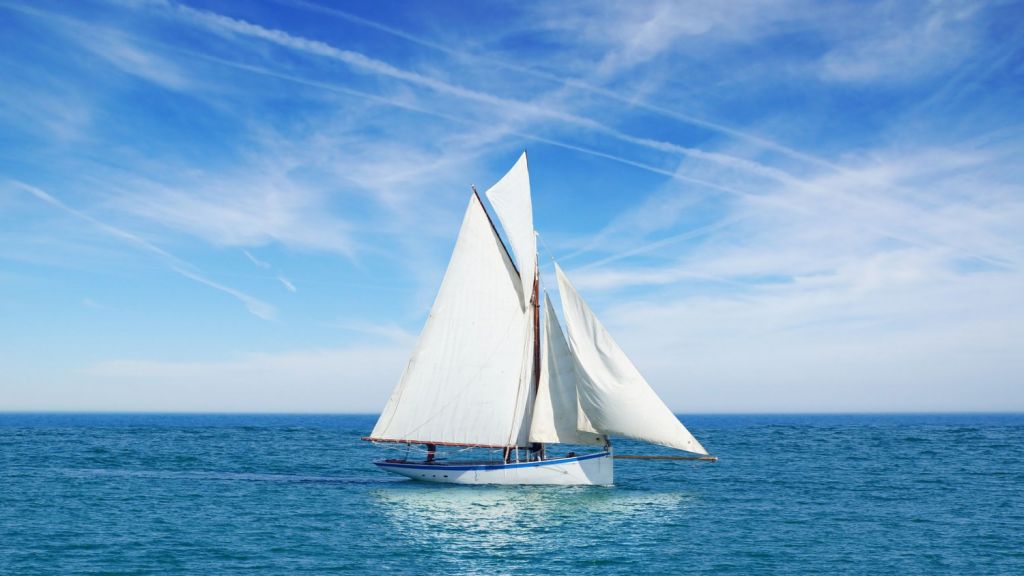
On this page:
Estimated Cost for Different Boat Lengths
So I gave you a wide price range, partially because it depends on so many factors (see next heading). Let's dive more into detail here.
I've compared price quotes for 22 different sailboats and came up with the following list:
The cost of jib and main replacement
The jib and the main on a Bermuda sloop rig.
- on boats from 18' to 24', it costs roughly $1,000 - $2,500 for the sails
- on boats from 24' to 32', it costs roughly $2,500 - $4,000 for the sails
- on boats from 32' to 36', it costs roughly $3,000 - $5,000 for the sails
- on boats from 36' to 42', it costs roughly $4,000 - $7,000 for the sails
- on boats from 42' to 50', it costs roughly $5,500 - $9,000 for the sails
The cost of main sail replacement
Only the main on a Bermuda sloop rig.
- on boats from 18' to 24', replacing the main costs between $650 - $1,200
- on boats from 24' to 32', replacing the main costs between $1,000 - $1,500
- on boats from 32' to 36', replacing the main costs between $1,500 - $2,500
- on boats from 36' to 42', replacing the main costs between $2,000 - $3,000
- on boats from 42' to 50', replacing the main costs between $2,500 - $4,000
Please note:
These are ballpark figures for basic sails. If you want to calculate the cost more precisely, read on.
Or get a quote from a professional! Most sailmakers are eager to help you out (and of course to get you as a customer). The quotes by premium companies tend to be on the higher side.
Interested in the total average cost of owning & buying a sailboat? You got it! I've compared thousands of sailboat prices and the recurring costs in my in-depth article the Average Cost of Buying & Owning a Sailboat (With 4 Examples) (new tab)
How to Estimate Sail Cost
First we have to estimate the sail area.
To quickly estimate the sail area for different boat lengths, multiply the hull length (in ft) with the following ratio (I've made up):
| Boat Length | Surface factor |
|---|---|
| under 22' | 9 |
| from 22' to 28' | 15 |
| from 28' to 36' | 18 |
| from 40' to 50' | 22 |
For example, a boat of 24' will have total sail area of approximately 360 ft2.
Of course this is a very rough estimation, and you should definitely measure your sails, but for a quick cost estimation it will do.
The surface factor will only work with a standard Bermuda sloop rig, using a 100% jib and regular main.
The price of sail cloth per square foot:
You want to get the current sail cloth price per square foot. To do this, simply get a price quote for two or three different sail areas, and divide the total cost by the surface area.
I've done it with 22 quotes on January 4th, 2019:
- On average, basic Dacron sail cloth costs about $6-$7 per square foot
- This is the price per square foot for the finished sail
- It's a basic inland sail, with 2 reefs, of regular weight
- It doesn't take into account any special orders (numbering, logos, and so on)
Examples
Let's say you have a 35' sloop and want to have a quick indication of the cost of replacing the jib and main sail.
Simply multiply the boat length by the surface factor by the price of sail cloth.
35' x 18 x $6.5 = $4,095
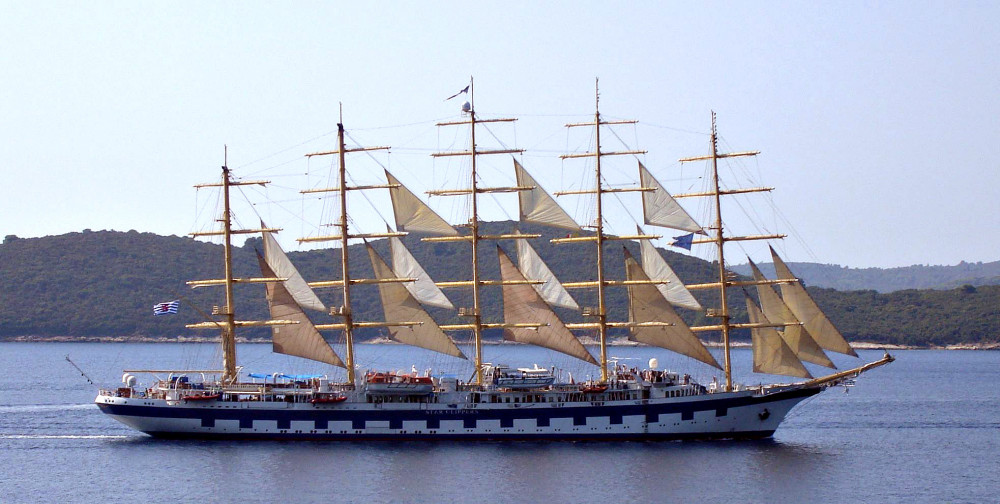
Cleaning and Repairing Your Sails Instead
If these numbers surprise you, there's always an alternative. It can be a great idea to clean and repair your sails instead of immediately replacing them. Especially if you're an inland cruiser.
It's an idea worth considering. You can hire professionals to do it for you at 1/10 of the cost of new sails. Not bad if they can last you another 5 years or so.
I've included the sail repair company at the end of the post in my list of sailmakers.
Repairing your own sails
For large areas: If you have sewing experience (or are willing to gain it), you could very well repair your own sails. You need special heavy-duty needles and a leather sewing palm.
- If you want to give it a go, I recommend you to get this starter kit (click to check current price on Amazon).
- You will also need some repair patches. Regular sails are mostly made of Dacron. I was very surprised at the great price of these Dacron repair strips (click to check current price on Amazon).
This is the way to go for larger areas.
For smaller areas, you have another option. If you're not that great at sewing or don't have the patience, simply get some sail repair tape instead. It works, but it is a temporary solution at best, in my opinion.
- Check out this easy to use, heavy duty sail repair tape (link to Amazon).
I've also noticed that you can order sails now on Amazon (crazy world). They seem to have jibs and genoas for the most popular sailboat models (Hunters, Catalinas, and so on) at a competitive price. So I definitely recommend shopping around for the best price.
Factors That Determine the Cost of Sails
There are many factors that determine the actual cost. The most important two are sail area and sail quality.
Sail area is largely determined by boat length.
Let's say there are three sail qualities available: budget sails (motor skipper), mid-priced cruising sails (about right), and performance racing sails (money is no objection).
Other factors that determine cost:
- sail area
- sail quality - weight of the fabric ranging from 5.10 - 10.88oz
- rig type - ie. gaff or bermuda; roller furling or hank on
- amount of sails
- sail type - inshore or offshore; cruising or racing
Sail area is literally the amount of fabric needed for your particular boat. In general, longer boats need bigger sails. But if you use a genoa instead of a regular jib, you also require more sail cloth.
Sail quality consist of the materials used, tightness of the weave, and overall quality of the finish.
By saving on the sail quality you make sure you need to replace it sooner. This can really add up over time, if you plan on keeping your boat for half a lifetime (not everybody does, and that's fine too).
Rig type determines what kind of designs you can use. For example, a gaff rig needs a quadrilateral sail, which generally increases sail area.
If you want to see the different rig types in one overview, check out my Guide on Rig Types (new tab) - with a great infographic!
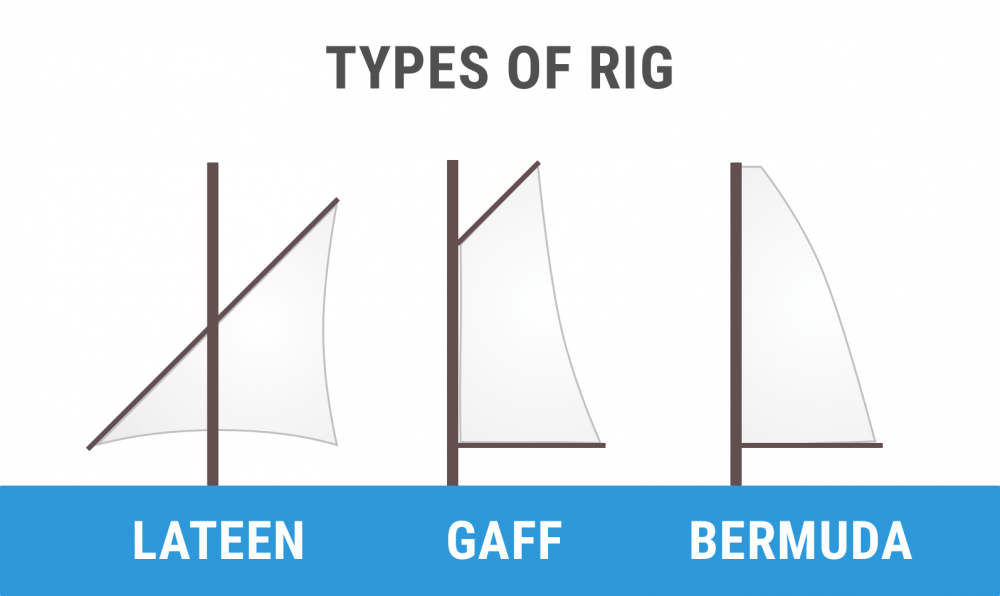
The cost increases quite a bit if you get a roller furling main and jib.
It's easy to imagine why the amount of sails affects the total cost of replacing the sails. For most standard keelboats, the rigging consists of a main and jib, so that's what I'll use as an example here.
The sail type overlaps with sail quality. The major distinction here is inshore vs. offshore. Offshore sails are of higher quality than inshore sails. For example, inshore sails don't have reinforced clew patches, less stitching, or no double tapes. The reason is that inshore sails will probably have to deal with lighter winds.
Race sails can be more expensive than cruising sails - but the biggest cause is that they aren't made to last. Cruising sails can last you up to 10-15 years, so I'd prefer them over a budget or racing sail any day of the week.
If you want to learn the names of all the different sails, I highly encourage you to check out my Guide on Sails and Rig Types (new tab) with lots of photos here!
When to Replace Sails
When do you need to replace sails? On average, sails need replacing every 5-10 years, depending on quality of the fabric and the amount of sailing. Most people replace their sails every 7 years. You can recognize worn-out sails be excessive flapping, disintegrating stitching, and wrinkles behind the luff when on a beam reach.
The most important reasons for sail wear are:
- exposure to UV (by far the most damaging)
- flogging of sails in the wind
To make sure your sails wear as little as possible, get a good sail cover, and use it. It extends the lifespan of your sails with years, and is way cheaper than replacing them.
You can get well-priced, simple mainsail covers for most standard sizes. I recommend checking out these generic covers at Amazon.
You should definitely replace your sails if you're leaving for an ocean passage or any kind of long voyage, a race - or when they're flapping almost all the time, at all angles and with all wind speeds.
Why does it matter to replace your sails? Decent sails help you to love your boat. Bad sails will help you to hate your boat and sailing in general. Your boat will be lighter and easier to handle. Some say you gain about 1 knot speed-wise - I'm not sure but you'll definitely be faster. It becomes easier to maneuver. You'll be able to sail in much lighter air.
The list goes on. New sails really pay off.
The difference in performance is just unimaginable. If you've sailed with old sails until now, and are planning to get a new boat, maybe just consider replacing the sails.
What Material is Most Cost-Effective?
In recent years, sail materials have developed a lot. From the 1980s onwards, nearly all sails were made from Dacron (woven polyester). In recent years, more and more sails are being made of laminated fabrics and woven nylon.
In professional racing, carbon sails are becoming increasingly popular. Carbon is the highest performing yarn currently available. Its biggest advantage is that it doesn't react to UV exposure, the number one sail killer.
In comparison, Dacron sail can withstand about 6 months of UV.
Also in comparison, Carbon is about 10-15 times more expensive than Dacron.
Some say investing in carbon sails is the way to go, but they are so expensive that they are not cost-efficient at the moment - not yet.
So let's say you replace your current Dacron sails every 7 years, and you decide to buy Carbon sails today.
It would take you 70-100 years to earn back your initial investment.
Carbon is, in a way, the Lithium-Ion of sails.
In my opinion, the best sail material for cruising is Dacron
The most cost-effective sail material is still Dacron. Although carbon sails have many advantages, they are very expensive. Dacron has a decent life span, holds its shape well, and is lightweight and reasonably priced. But it's mostly because it's so inexpensive compared to carbon yarn.
If you want to know everything there is to know about the cost-effectiveness of different sail cloths, check out this study here.
Fabric weight and cost
Heavier fabric tends to be a bit more expensive, but this is offset by the fact that smaller sails get more expensive because of the overhead cost.
So larger sails use heavier fabric, which is more expensive. Smaller sails are more expensive to stitch, attach all the hardware to, and so on.
If you're unsure about the fabric weight, here is the average fabric weight used per boat length:
- boats under 20' tend to use 5.10oz
- boats from 20' to 22' tend to use 6.18oz
- boats from 23' to 27' tend to use 7.18oz
- boats from 28' to 38' tend to use 8.18oz
- boats from 38' to 44' tend to use 9.18oz
- boats from 45' to 50' tend to use 10.18oz
- boats over 50' tend to use 10.88oz
How to Calculate Sail Cost?
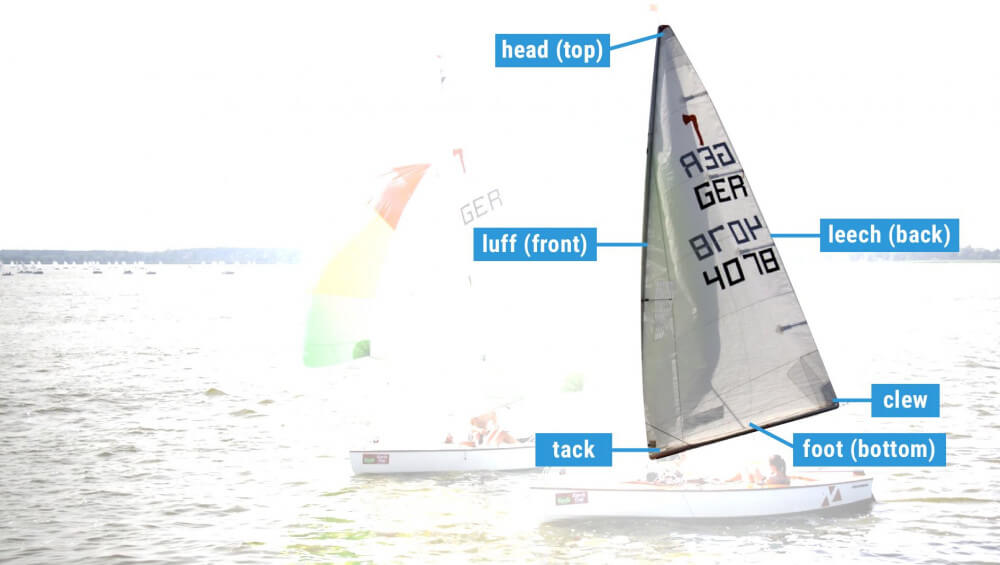
The price of a sail is calculated by first calculating the sail area. The official way to do this is by getting out your calculator and typing in the following formulas:
Calculating Mainsail Area:
Mainsail area = P x E / 1.8
where:
- P = Luff length
- E = Foot length
Calculating Headsail Area:
Headsail area = I x J / 1.8
where:
- I = Mast length
- J = Luff to headstay
Let's calculate the sail area of something real quick. Here are the rig dimensions of a 22' Abbott:
| I | J | P | E |
|---|---|---|---|
| 28 ft | 9.75 ft | 23.5 ft | 8 ft |
| 8.53 m | 2.97 m | 7.16 m | 2.44 m |
For the mainsail, I use P (luff length) and E (foot length).
23.5 x 8 / 1.8 = 104.4 ft2
or 7.16 x 2.44 / 1.8 = 9.71 m2
For the headsail, I use I (mast length) and J (luff to headstay).
28 x 9.75 / 1.8 =151.7 ft2
or 8.53 x 2.97 / 1.8 = 14.1 m2
Now add these two and multiply by the cost of sail cloth.
Generally, this method gives you too little surface area. I've found that for standard sloop rigs, my factor-formula was more accurate (which doesn't make sense at all). I highly recommend to simply measure your old sails, which is a great Sunday afternoon chore.
Some Sailmakers to Start Looking
- SailCare - so many people are satisfied with this company. They don't replace, they repair. First one I'd check
- Rolly Tasker Sails - are known to deliver good quality and being the cheapest around
- Sobstad
- Quantum Sails - making a name for themselves in professional yacht racing
- Neil Pryde Sails - a bit more expensive but highly recommended by others
- UK Sail Makers - well-known sailmakers
- North Sails - well-known name in the industry, but are they notorious or famous? (hint: it's the former)
Related Questions
What's the Difference Between Cruising and Racing Sails? Racing sails are generally more lightweight and made of better materials (such as carbon) than cruising sails. This makes them a lot more expensive. Cruising sails are mostly designed to be cost-effective, durable and easy to handle, sacrificing some performance by the choice of materials. Most cruising sails are still made of Dacron.
How Much Does a Sailboat Mast Cost? A new mast costs anywhere between $15,000 - $25,000, depending on your wishes. Roller furling masts start at $20,000. However, you can get a used mast for as little as $2,000. This is without the standing rigging, which will add an additional $4,000 on average.
Are Sailboat Sails Waterproof? Most sails are watertight thanks to multiple protective layers, but they aren't completely waterproof. Dacron, the most-used sailcloth, is pretty watertight, thanks to its tight weave. But eventually, the water will soak the cloth. However, the more expensive carbon sails are fully waterproof.
List of boats I've used as a source:
(Showing model - total sail surface - weight of sail cloth - total price quote)
- 18' Valiant - 14.5m2 - 5.10oz = 910 €
- 21' Hinckley - 45.5m2 = 6.18oz = 2500 €
- 22' Abbott - 33.4m2 - 6.18oz = 1900 €
- 22' Catalina - 20.8m2 - 6.18oz = 1300 €
- 27' Abbott - 35m2 - 7.18oz = 2000 €
- 32' Valiant - 52.3m2 - 8.18oz = 3000 €
- 32' Beneteau - 47m2 - 8.18oz = 2650 €
- 34' Hinckley - 56m2 - 8.18oz = 3200 €
- 34' Hallberg-Rassy - 51.3m2 - 8.18oz = 2900 €
- 36' Abbott - 56m2 - 8.18oz = 3200 €
- 36' Hallberg-Rassy - 61m2 - 8.18oz = 3400 €
- 36' Catalina - 58m2 - 8.18oz = 3200 €
- 38' Beneteau - 67.4m2 - 8.18oz = 3700 €
- 40' Valiant - 82.4m2 - 9.18oz = 4600 €
- 41' Hallberg-Rassy - 78.3m2 - 9.18oz = 4300 €
- 41' Hinckley - 71.4m2 - 9.18oz = 4000 €
- 435 Beneteau - 87.2m2 - 9.18oz = 4900 €
- 46' Hallberg-Rassy - 100m2 - 10.18oz = 5600 €
- 47' Valiant - 108m2 - 10.18oz = 6100 €
- 48' Hinckley - 104,2m2 - 10.18oz = 5900 €
- 48' Tayana - 108.2m2 - 10.18oz = 6100 €
- 50' Beneteau - 104m2 - 10.88oz = 6200 €
Did you find the answer to your specific question?
👍 21 👎 3
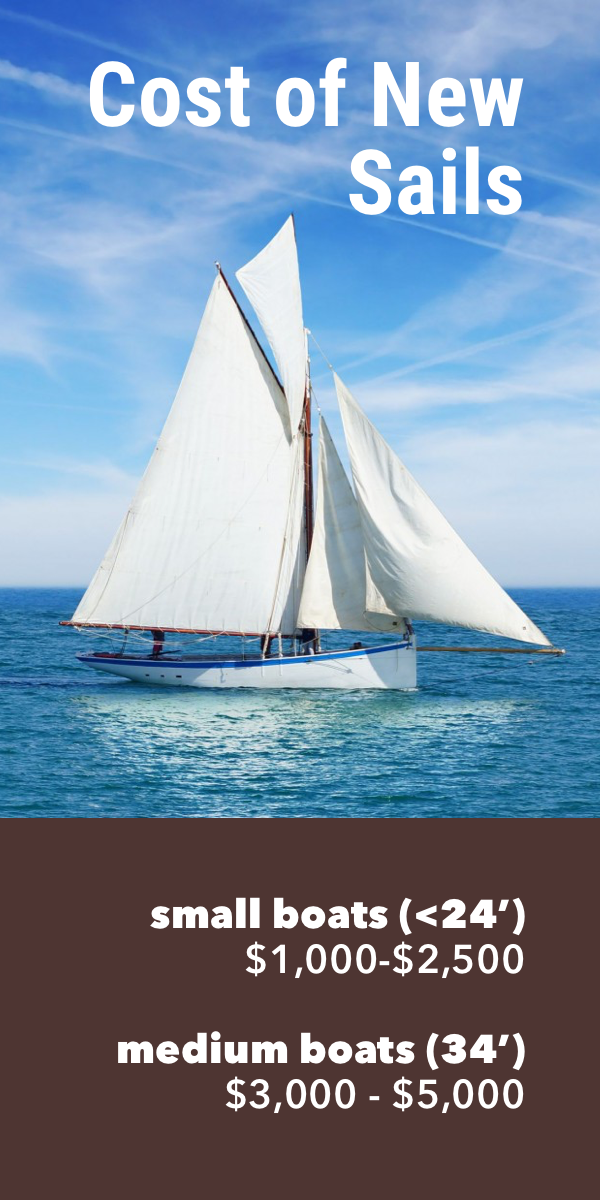



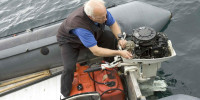
Comments
Mike Freauf
Thanks for the article, it was very helpful in regards to getting new sails.
Shawn Buckles
Hi Mike,
I’m glad to be able to help.
Nick
Fantastic ready reckoner. I’ve also watched some of your vids - all good stuff
Thanks!
R
Thanks for the info! Helps out.
Jaime
Thanks for the info!!
Susan
Looking for ~ costs of good sails for a 64’ ocean SV and your figures only go to 50’. Thank you
Roger
Daaaammm
What an amazing post. Simple, no anoying add´s on the midle, objective information.Now a days very rare. amazing
I never sailed in my live yet. never get that opurtunitiy, i am simple a traveer. but now I am obcessed with the idea. I am welder , builder, I could very easly make a aluminium boat way cheaper and way better than those manufactures like garcia, owen clark, allures and many others that charge fortunes for something with poor construction quality for the money. I am a follower of this page, channel. I am trying to figure out the total costs of materials needed. thanks
Klaus-Jürgen Lauth
Excellent analysis which certainly is helpful for a first estimate. Am checking the above sailmakers now to come to terms… What could be added maybe is where and under waht circumstances one can find good used sails / riggs. Thanx a lot for your professional help.
Klaus J.
Leave a comment